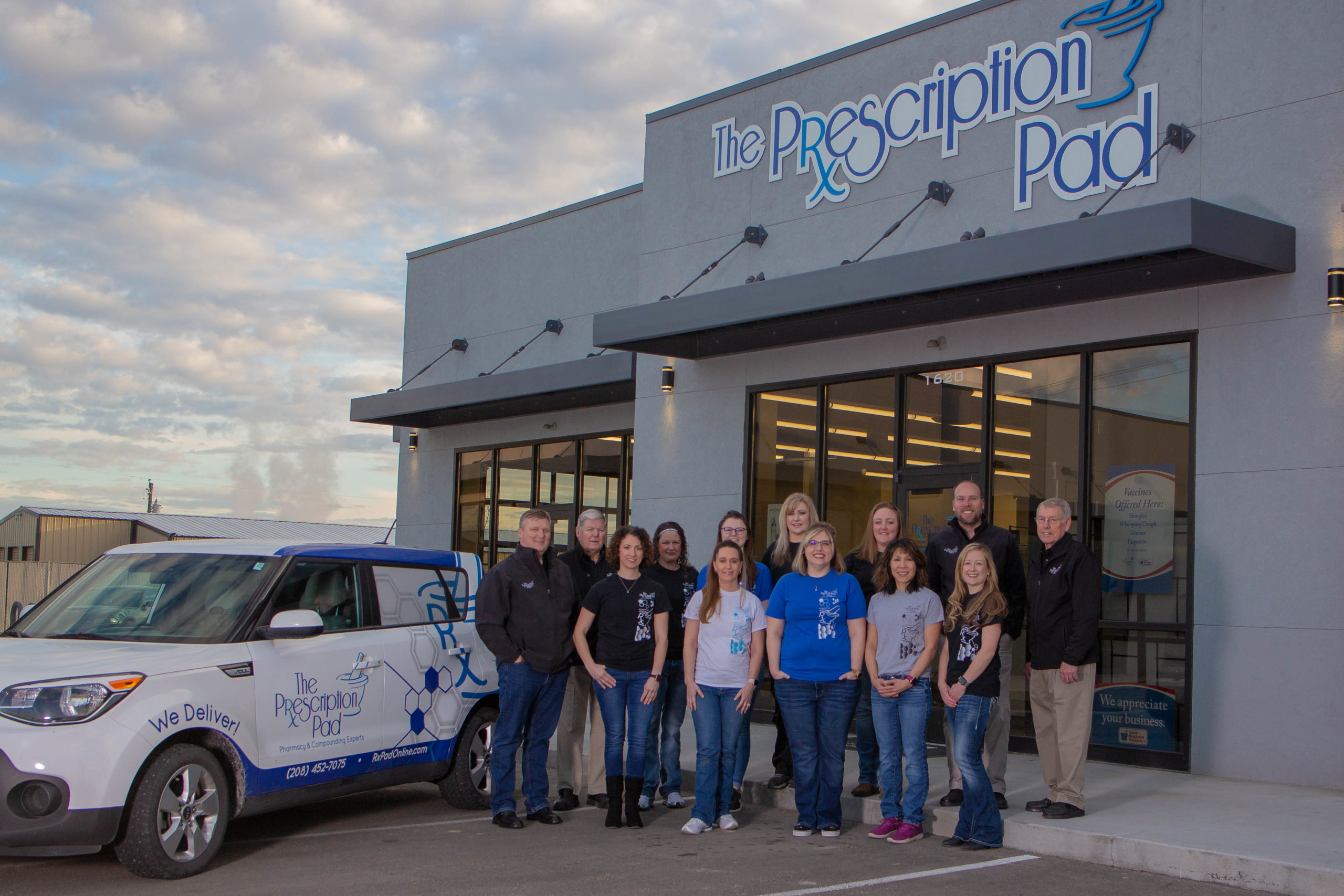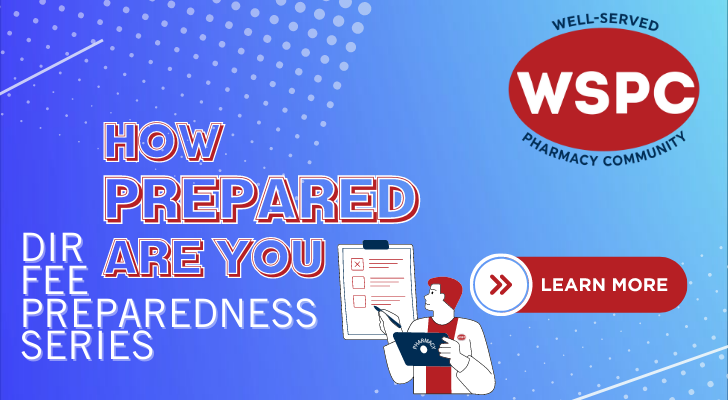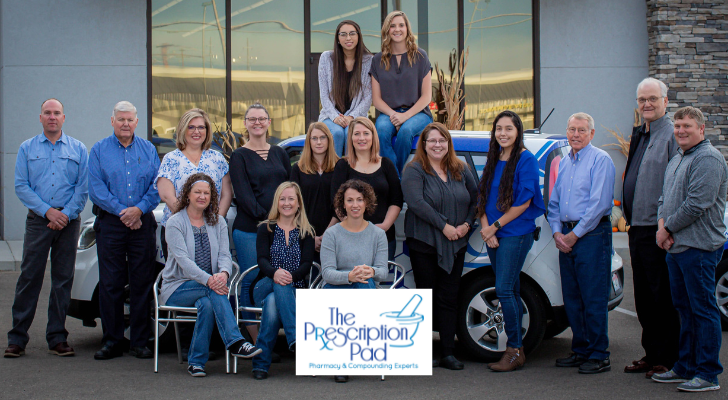The true success of business. Community as it should be. These are the thoughts that come to mind when reflecting on the phrase “it takes a village” with a WSPC member in Fruitland, ID. Speaking with Trenton Jenks, PharmD, and owner of The Prescription Pad about recent vaccination efforts, truly defined these concepts to their core. It is heartwarming to hear that these stories exist, and that they are present across our country within independent pharmacy.
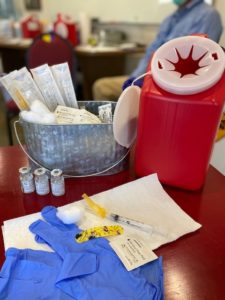 Trenton began receiving COVID-19 vaccines as early as December 29th, 2020; first Moderna, and later Johnson & Johnson as it became approved by the FDA for emergency use. The Prescription Pad was also able to partner with Southwest District Health and Payette County Emergency Management Team who was a key asset in helping prepare their back-end operations, and later receive an adequate vaccine allotment.
Trenton began receiving COVID-19 vaccines as early as December 29th, 2020; first Moderna, and later Johnson & Johnson as it became approved by the FDA for emergency use. The Prescription Pad was also able to partner with Southwest District Health and Payette County Emergency Management Team who was a key asset in helping prepare their back-end operations, and later receive an adequate vaccine allotment.
Due to observation time and the limited hours once opening a vial, Trenton was aware it would be difficult to distribute the vaccine within the pharmacy. Together, Trenton, his wife, Maren, the pharmacy’s Operations Manager, Annie, and her husband Judd (Pharmacist in Charge), were tasked with making sure things would run smoothly over the course of this event. They contemplated what sequence would work best, pre-, and post-clinic, and were changing their strategy often. The team encountered a lot of Beta that their pharmacy software provider was not ready for and had to test their way through a few processes.
Once agreed, the pharmacy hit the ground running in setting up local clinics. They began to spread the word through social media communications, partnerships, and newspaper advertisements. The Prescription Pad reached out to local hospice who had a building they were willing to share to host these clinics. Initially, the pharmacy staff provided vaccinations for teachers, healthcare personnel, and emergency responders in spaces provided by a local school, and later vaccinated anyone who was eligible. These clinics were such a success and the team found that they were administering up to 500 people in a four-hour timespan.
Scheduling came quite easy for the staff. They had information provided from a county list and would schedule three to four people every five minutes, utilizing an Excel spreadsheet and Microsoft Word document to keep record. At the clinic, a team member would go ahead and book each patient’s second-dose appointment four weeks out. They would also provide a reminder call a few days in advance, to ensure the patient would be available for their scheduled time. Trenton shared with this simple process; they really did not experience too many people missing their second appointment.
After a few of these clinics and as demand started to slow down, Trenton sought out larger companies in the area. He began emailing these companies once they had opened back up and offered the convenience of an on-site clinic. Through this effort, the Prescription Pad was able to administer an additional 500 vaccines. After both events, the pharmacy estimates to have given over 3,500 vaccines.
Community volunteers and involvement saved the day when it came to supplying each clinic with adequate staff. Trenton was still running the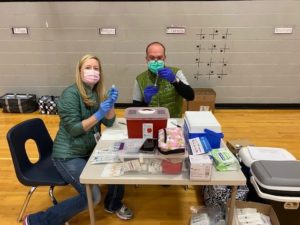 pharmacy’s full hours while hosting the clinics and could not imagine how it would have been made possible without the extra help. Due to the fact of residing within such a small, rural community, many relationships were already established, making it very easy to ask for help. Young and old generations were involved in this effort: local hospice provided their list of regular volunteers, high schools provided contacts of students wanting to help, and nurses hoping to keep up their hours for their license. Pharmacy Technicians took on the responsibility to become certified to administer vaccines through the local College of Pharmacy in Boise. Two pharmacists, seven technicians, pharmacy students, and even the Executive Director of the Board of pharmacy as well as multiple community volunteers were prepared to assist Trenton and his team.
pharmacy’s full hours while hosting the clinics and could not imagine how it would have been made possible without the extra help. Due to the fact of residing within such a small, rural community, many relationships were already established, making it very easy to ask for help. Young and old generations were involved in this effort: local hospice provided their list of regular volunteers, high schools provided contacts of students wanting to help, and nurses hoping to keep up their hours for their license. Pharmacy Technicians took on the responsibility to become certified to administer vaccines through the local College of Pharmacy in Boise. Two pharmacists, seven technicians, pharmacy students, and even the Executive Director of the Board of pharmacy as well as multiple community volunteers were prepared to assist Trenton and his team.
The stressful part for the pharmacy staff came later as each vaccine became another prescription to log in the computer system within the required 24-hours, and to the Idaho Immunization record within 72-hours. The staff was compensated for working overtime and the pharmacy was also able to hire additional help. “The weight really fell on all of our shoulders, but as we started this process, we came together and said there isn’t a greater work that we could do right now for our community. We knew it was going to be tough going in but were confident that every extra amount of work was worthwhile and why it was so important. The morale was really great”.
A positive outcome that has occurred because of vaccination efforts has been the publicity and growth for The Prescription Pad. Trenton stated how it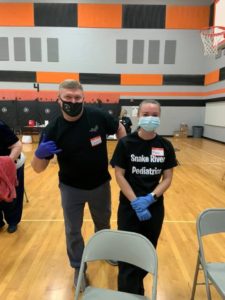 was a main priority to make sure patients knew who was putting on each vaccination clinic. He had come up with the idea to create a letter that would go home with them in their paperwork, thanking the individual for the opportunity to give them their vaccine and sharing the hope of keeping their business moving forward. Over time, transfers were coming in and there had been a lot of verbal recognition, increased foot traffic, and an increase in prescriptions. He shared, “At the beginning, I shared my cell phone number on the letter and received 3-4 voicemails thanking us. There have been thank you cards, letters, comments on social media, and such a large outpouring of people expressing their gratitude.”
was a main priority to make sure patients knew who was putting on each vaccination clinic. He had come up with the idea to create a letter that would go home with them in their paperwork, thanking the individual for the opportunity to give them their vaccine and sharing the hope of keeping their business moving forward. Over time, transfers were coming in and there had been a lot of verbal recognition, increased foot traffic, and an increase in prescriptions. He shared, “At the beginning, I shared my cell phone number on the letter and received 3-4 voicemails thanking us. There have been thank you cards, letters, comments on social media, and such a large outpouring of people expressing their gratitude.”
Trenton had these closing thoughts to share in response to the impact of community pharmacy during this time, “To me this is how we rise to the occasion. We were one of two providers in the area, and the other provider was administering at a low capacity. All I could think was, how can we get more people vaccinated? How/who can we partner with to make this better? Our partnerships within the community are definitely what had allowed us to make this happen successfully at the rate it was going. That is what it’s all about, when community comes together when needed most”.
